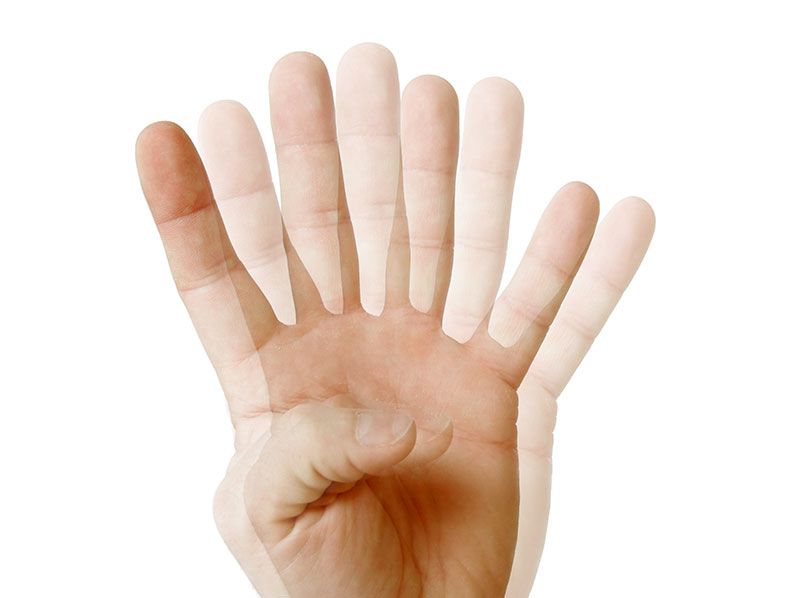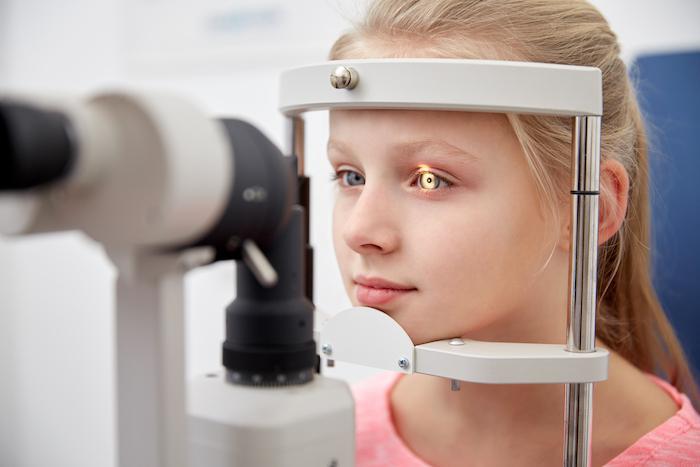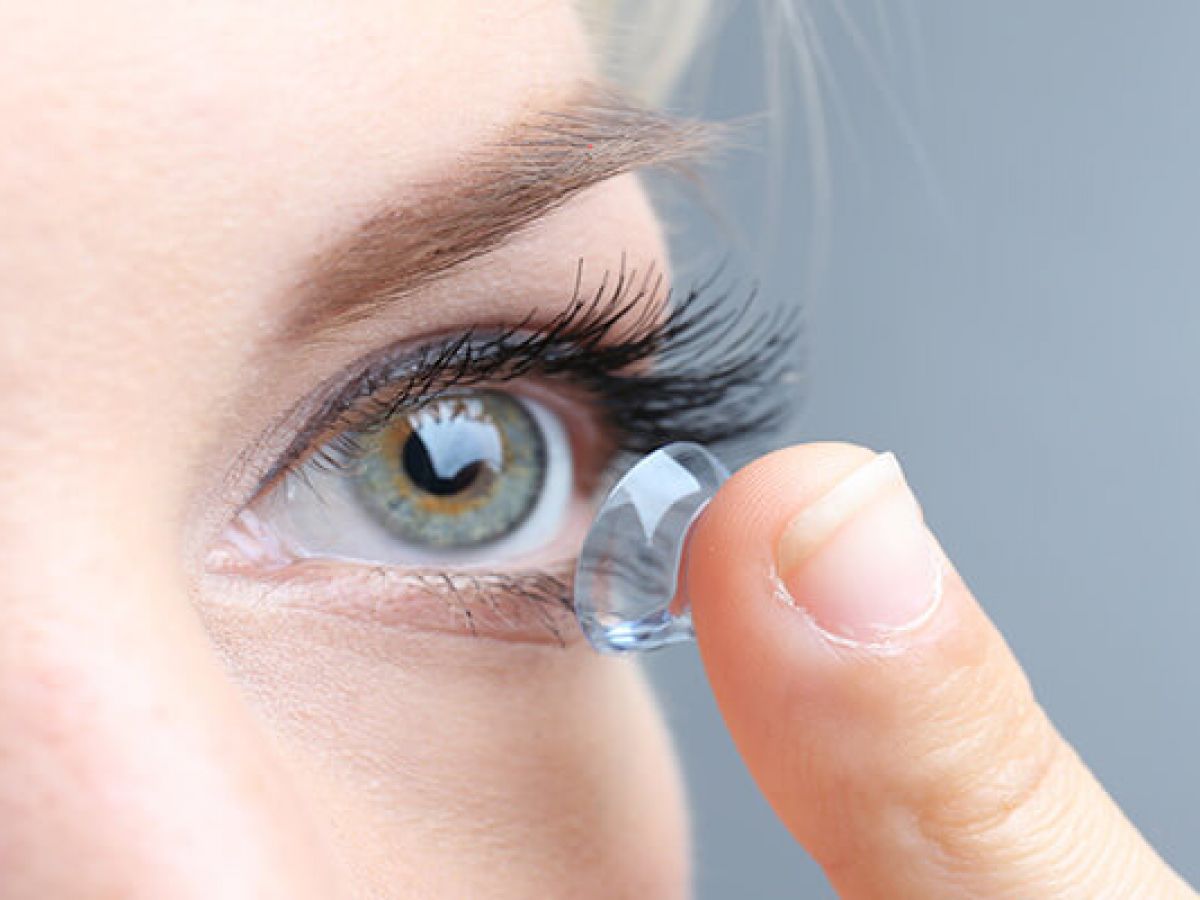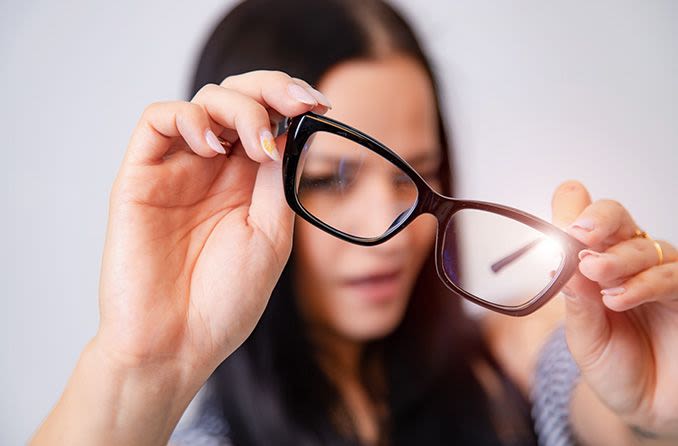What’s Diplopia?
Many of us take for granted that we see a single image with our two eyes, a feat known as binocular vision. Sometimes clear binocular vision can be disrupted by an illness, muscular imbalance, or some other medical condition causing us to see two images of the world, rather than one.
Double vision is not only frustrating and disorienting, it can also make it difficult to perform daily tasks. Also known as diplopia, double vision can result from several underlying causes, and treatment can take a variety of forms. Under certain circumstances, diplopia can be corrected with eye exercises (orthoptics), often in combination with glasses and/or prisms.
In cases of children, it is not always easy to diagnose double vision. This is especially true if your child isn’t old enough to communicate clearly. Parents who notice their child acting differently and suspect it is due to double vision should reach out to a pediatric eye doctor right away.
Causes of Double Vision
Diplopia can strike one eye (monocular) or both eyes (binocular). Images may appear one over another, side by side, or as a combination of overlapping images. When we see the world as we should – as a single coherent image – it is thanks to each eye creating its own image of the environment and sending these representations to the brain. The brain then morphs the two images into one clear picture we can understand.
Oftentimes children see double because each eye sends a different image to the brain and brain cannot reconcile the conflicting images which results in double. This may be due to misaligned eyes, also known as strabismus. The misaligned eyes can turn up, down, right or left. Regardless of the exact positioning, the eyes will have different points of focus and will send different images to the brain which can create double vision.

When to See an Eye Doctor
With such a wide range of possible causes for double vision, zeroing in on the one affecting your child can be challenging. In most cases, patients will have something harmless, like dry eye, or a condition that is common and easily treatable, such as convergence insufficiency.
Eye doctors must perform a thorough eye exam to rule out those unusual conditions that pose serious threat to sight and overall health. For this reason, an examination for double vision may take a little longer than you might anticipate. Further complicating a diagnosis is that children may not be able to say what they are visually perceiving. Parents and doctors must be vigilant for behavioral signs of double vision in kids.
Top 5 Signs: Does Your Child Have Vision Problems?
- Viewing people or objects from the side, rather than facing their object of focus straight on
- Turning their head to see things
- Squinting
- Covering an eye frequently or when trying to view an object
- Flicking their eyes side to side when trying to focus on something
Importance of Early Treatment
Helping our kids see the world in vivid detail makes them more comfortable while supporting their academic and social development and poor vision can undermine both of these. Serious underlying medical conditions that might be causing double vision should be addressed promptly to avoid lifelong vision or health problems.
It’s always important to see an eye doctor if your child makes a complaint related to their eyes or vision.
Your child may be seeing double due to an ocular irregularity, or another health problem. Eye conditions that can trigger double vision include:
- Strabismus: misaligned or crossed eyes send two conflicting images to the brain. As a result, the patient will see double, or the brain will ignore the image from the weaker eye, causing lazy eye (amblyopia).
- Convergence insufficiency: like strabismus, this is a condition where the eyes do not work together properly. This is usually due to the extraocular muscles lining up incorrectly.
- Astigmatism: when the cornea is misshapen, the light bends more or less than it should as it comes through the eye (refractive error), making vision blurry or doubled.
- Dry eye: this condition affects most of us at one time or another, making our eyes feel grainy and uncomfortable. It can lead to vision problems too, including inducing temporary double vision.
- Keratoconus: is a degenerative eye condition whereby the cornea elongates into the shape of a cone, rather than having a sloping, rounded curvature.
- Retina abnormality: among problems plaguing the light-sensitive portion of our eyes, macular degeneration is a serious, but rare one. In such cases, the central vision slowly disappears.
- Lens abnormality: problems with the lens, such as cataracts, can cause the light to scatter in different directions in the eye, creating multiple images.
Other health problems that can cause your child to see double include:
- Grave’s disease: this autoimmune disease affects thyroid gland function, which can cause visual irregularities like double vision.
- Multiple sclerosis: this disease of the central nervous system can create a myriad of nerve-related symptoms, including along the optic nerves that control sight.
- Myasthenia gravis: this is a chronic autoimmune neuromuscular disease that weakens the body’s voluntary muscles. It can undermine extraocular muscles that control the eyes.
- Tumor: in rare cases, double vision can be due to a tumor that has grown large enough behind the eye to inhibit eye movement or harm the optic nerves.
- Head trauma: an injury severe enough to damage the eye, muscles, nerves, or brain can restrict eye movement, or the ability of the brain to processes images sent to it by the eyes.

Treatments for Diplopia
Treatment for double vision will depend on its underlying cause. Some methods used to combat double vision are:
- Wearing glasses
- Wearing an opaque contact lens
- Affixing prisms to glasses
- Wearing an eye patch
- Applying eye drops
- Having surgery to realign eyes
- Having surgery to correct retinal abnormalities
- Having surgery to overcome lens abnormalities
More likely than not, your child can rely on non-surgical therapies to correct double vision. Surgical procedures are used to treat uncommon diseases like pediatric cataracts, or conditions that occur with greater frequency, like lazy eye, but when in advanced stages.
Simple, non-invasive therapies, like wearing eyeglasses or a patch are typically enough to help your child see normally again.
Contact SightMD today to schedule an appointment with one of our doctors to discuss your child’s vision health at one of our convenient locations!

Bad Habits To Avoid When Using Contact Lens That Can Endanger Your Eyes
Contact lenses can change your world. While many people prefer the look and ease of glasses, others enjoy the freedom…

Are my reading glasses making my eyes worse?
Short answer- No Although we don’t know the exact mechanism by which humans have a decreased ability to focus…

Dos and Don’ts for Contact Lens Wearers
Contact Lenses & Eye Care Contact lenses are a safe and convenient way to correct your vision — as…